The Incredible Benefits of Dance for Preschoolers: 9 Ways Dance Helps Little Ones Grow
Did you know that dance classes offer a wealth of benefits for preschool-age children? From physical development to cognitive growth, dance lessons help your preschooler flourish in so many areas! Take a look and discover how dance can enrich your child’s physical, cognitive, and emotional development.
Supports Socialization
Dance classes offer a wonderful opportunity for preschoolers to socialize and make new friends in a fun and supportive environment. In class, children work together in a creative setting, learning to cooperate, share, and communicate through movement. They develop essential social skills while enjoying active play, making friends, and being part of a group.
Develops Coordination
Coordination is a crucial physical skill that children develop during their early years. In dance class, preschoolers learn to coordinate their arm and leg movements, building essential motor skills. This not only helps with dance but also prepares children for a lifetime of healthy movement, including sports and other physical activities. The more they practice coordination, the better they will be at performing other tasks, from tying shoes to playing games!
Encourages Independence
Preschool years are all about discovering independence, and dance classes provide an excellent opportunity for children to practice this important skill. By stepping away from their caregivers and joining a group activity, children learn to navigate new situations on their own. They explore creative movement, follow instructions, and gain confidence in their ability to accomplish tasks by themselves. This sense of autonomy helps preschoolers develop self-reliance and prepares them for more challenges ahead!
Develops Listening Skills
Listening and comprehension are vital skills for preschoolers, and dance class offers a fun, active way to develop them. Children learn to follow verbal instructions and attend to the teacher’s cues, whether it’s counting beats or executing specific movements. They also improve their ability to listen closely as they follow step-by-step directions, enhancing both their attention span and their ability to retain information. Dance helps children build strong listening skills in a dynamic and enjoyable environment!
Enhances Spatial Awareness
Spatial awareness—the ability to understand where one’s body is in relation to the space around them—is an important developmental skill. Dance classes are a fun and effective way for preschoolers to build spatial awareness. Through movement and body control, kids learn to navigate personal space, avoid obstacles, and understand the concept of right and left. These skills lay the foundation for better coordination and help children make more deliberate, controlled movements as they grow.
Teaches the Importance of Following Directions
Following directions is a fundamental skill that preschoolers need to develop, especially in a group setting. In dance class, children are constantly practicing listening to the instructor’s cues, learning new dance steps, and following specific instructions to complete activities. The class environment offers plenty of opportunities for children to practice patience and attention to detail, which will benefit them both in and out of the classroom. By learning to follow directions, children develop the ability to stay focused and safe, ensuring a successful and enjoyable learning experience.
Fosters Emotional Expression
Dance is a fantastic way for young children to express their emotions through movement. Preschoolers often have difficulty verbalizing their feelings, and dance provides an alternative outlet for them to express happiness, excitement, or frustration. As they experiment with different movements and rhythms, children gain a deeper understanding of their emotions and develop healthier ways to express themselves. This emotional literacy helps them regulate their feelings and improves overall emotional intelligence.
Improves Physical Fitness
Dance classes offer preschoolers an enjoyable way to stay active and healthy. From stretching and jumping to running and twirling, dance provides a well-rounded physical workout that builds muscle strength, balance, and flexibility. By participating in regular dance lessons, children develop healthier habits early on, setting the stage for a lifetime of physical activity. Whether it’s dancing to their favorite songs or learning new steps, preschoolers are having fun while improving their overall fitness!
Boosts Confidence and Self-Esteem
Dance is a powerful tool for boosting self-confidence in young children. As preschoolers learn new movements, master skills, and receive positive feedback from teachers and peers, their sense of accomplishment grows. Performing in front of others—whether it’s for a small class or at a recital—helps children feel proud of their progress and build a sense of self-worth. This confidence spills over into other areas of their lives, encouraging them to try new things and embrace challenges with a positive attitude.
Final Thoughts
Enrolling your preschooler in dance classes offers an abundance of benefits that help them grow physically, cognitively, and emotionally. From socializing with peers to building coordination and developing independence, dance is an enjoyable and enriching activity that prepares children for a lifetime of success. So why wait? Give your preschooler the gift of dance, and watch them flourish in ways you never imagined!
Ready to locate the perfect dance studio for you or your dancer? Click on the “Find Dance Studios” tab to begin your search by location, dance styles, ability levels, and age ranges!
~~~~~
Dance Studio Owners: Does your studio offer dance classes for preschoolers? Join our Dance Studio Directory and get your business listed so customers can connect with you and find the classes that fit their needs!


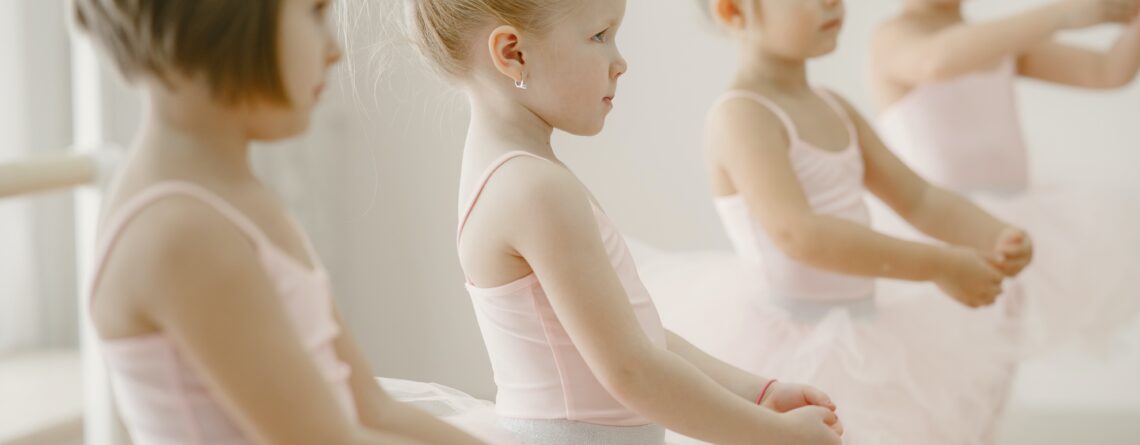
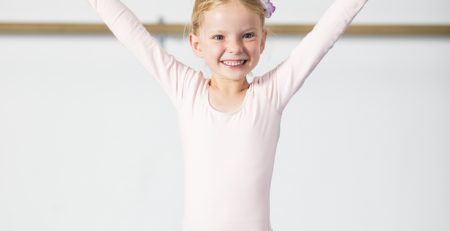
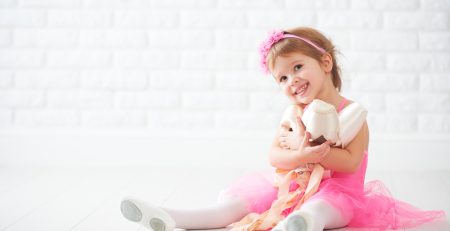
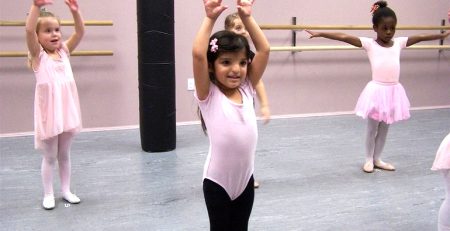
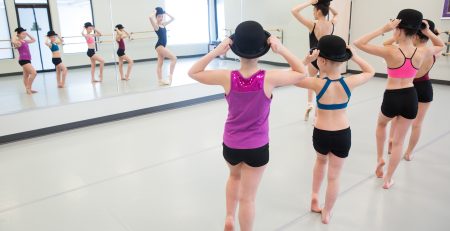
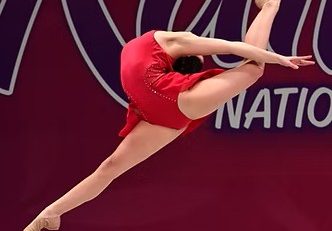
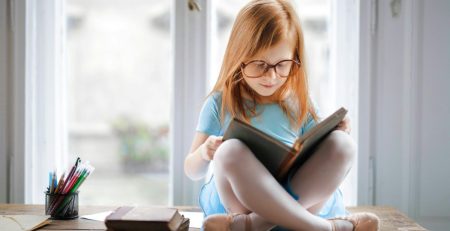
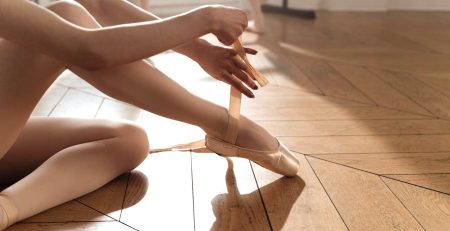
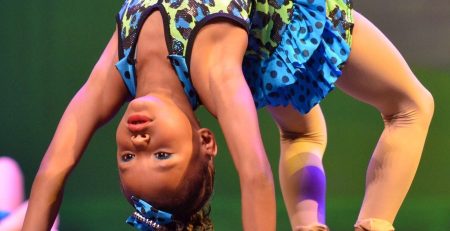
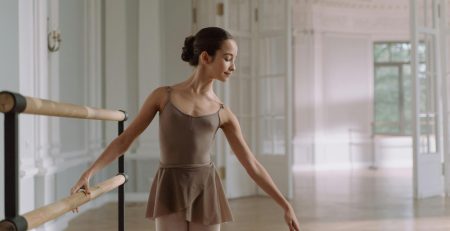
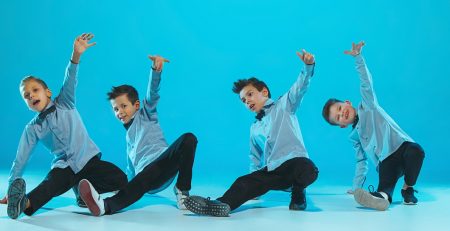
LEAVE A COMMENT
You must be logged in to post a comment.